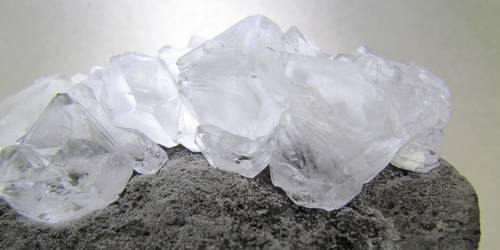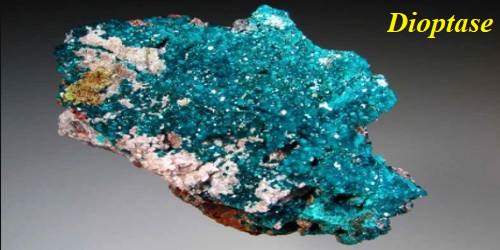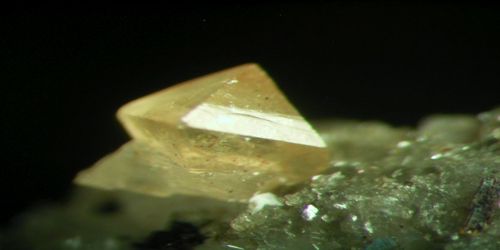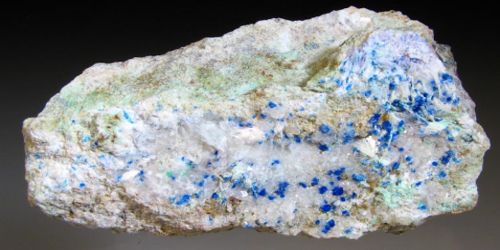The alums are a class of chemical compounds. Alums are double sulfate salts, with the general formula AM(SO4)2·12H2O, where A is a monovalent cation such as potassium or ammonium and M is a trivalent metal ion such as aluminum or chromium(III). By itself, “alum” often refers to potassium alum, the hydrated potassium aluminum sulfate with the formula KAl(SO4)2·12H2O. Other alums with aluminum as their trivalent ion are named after the monovalent ion. Alum may also refer to aluminum hydroxide gel used as a vaccine adjuvant.
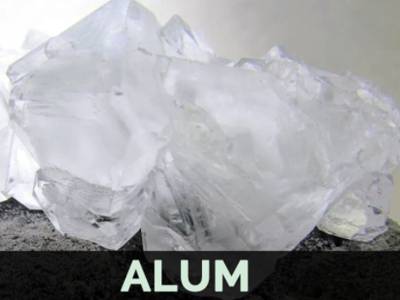
Types of Alum
- Potassium Alum: Potassium alum is also known as potash alum. It is aluminum potassium sulfate. This is the type of alum that you find in the grocery store for pickling and in baking powder.
- Soda Alum: Soda alum has the formula NaAl(SO4)212H2O. It is used in baking powder and as an acidulant in food.
- Ammonium Alum: Ammonium alum finds applications in tanning, dyeing textiles, making textiles flame retardant, in the manufacture of porcelain cement and vegetable glues, in water purification and in some deodorants.
- Chrome Alum: This deep violet compound is used in tanning and can be added to other alum to grow lavender or purple crystals.
- Selenate Alums: The selenium-containing alums are strong oxidizing agents, so they can be used as antiseptics, among other uses.
- Aluminum Sulfate: This compound is also known as papermaker’s alum. However, it is not technically an alum.
Chemical properties
Alums are useful for a range of industrial processes. They are soluble in water, have a sweetish taste, react acid to litmus, and crystallize in regular octahedra. In alums, each metal ion is surrounded by six water molecules. When heated, they liquefy, and if the heating is continued, the water of crystallization is driven off, the salt froths and swells, and at last, an amorphous powder remains. They are astringent and acidic.
Uses of Alums
Alum has several household and industrial uses. Potassium alum is used most often, although ammonium alum, ferric alum, and soda alum may be used for many of the same purposes.
- purification of drinking water as a chemical flocculant
- in styptic pencil to stop bleeding from minor cuts
- pickling agent to help keep pickles crisp
- flame retardant
- the acidic component of some types of baking powder
- an ingredient in some depilatory (hair removal) waxes
- skin whitener
- ingredient in some brands of toothpaste
Information Source:
